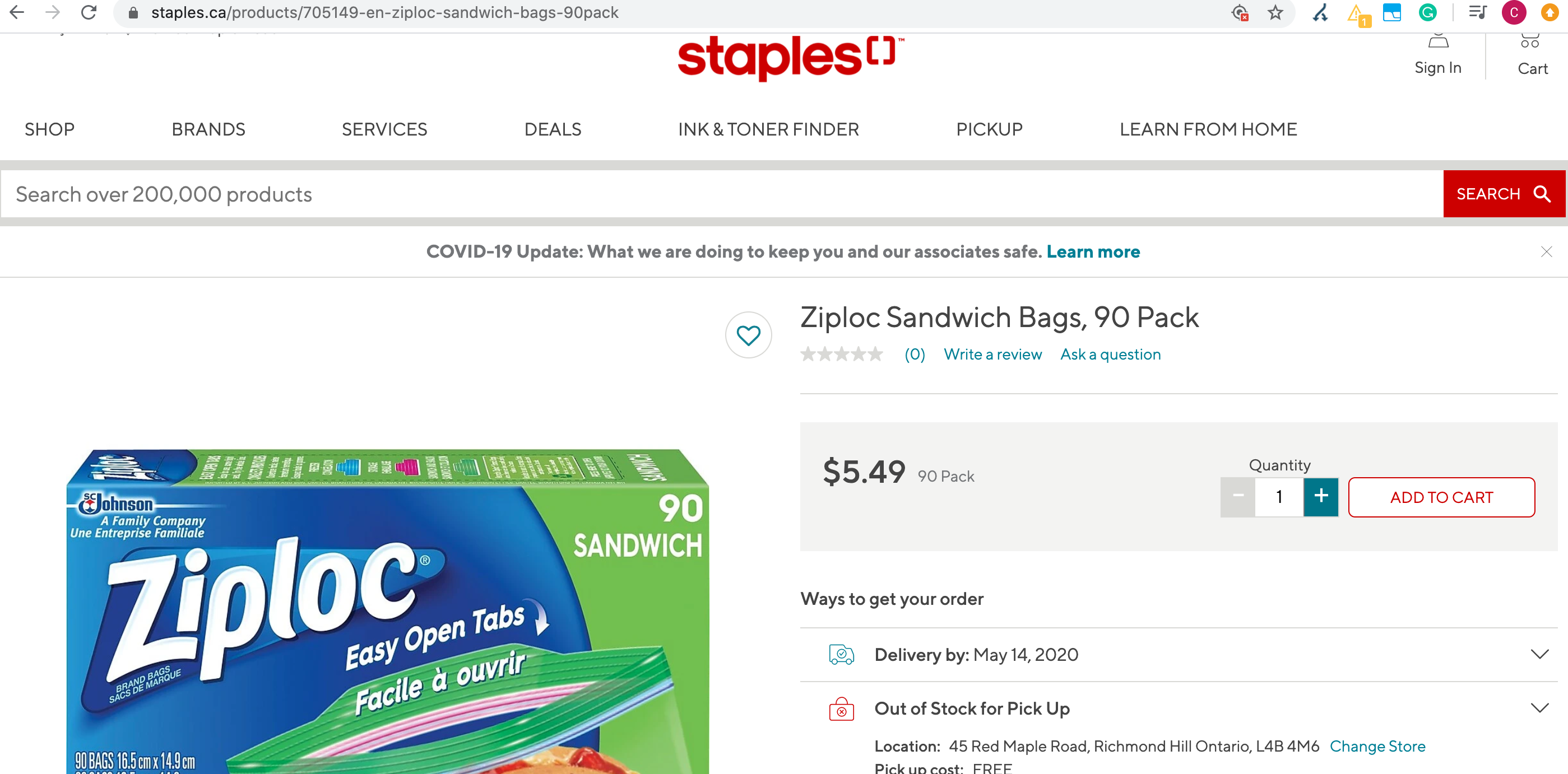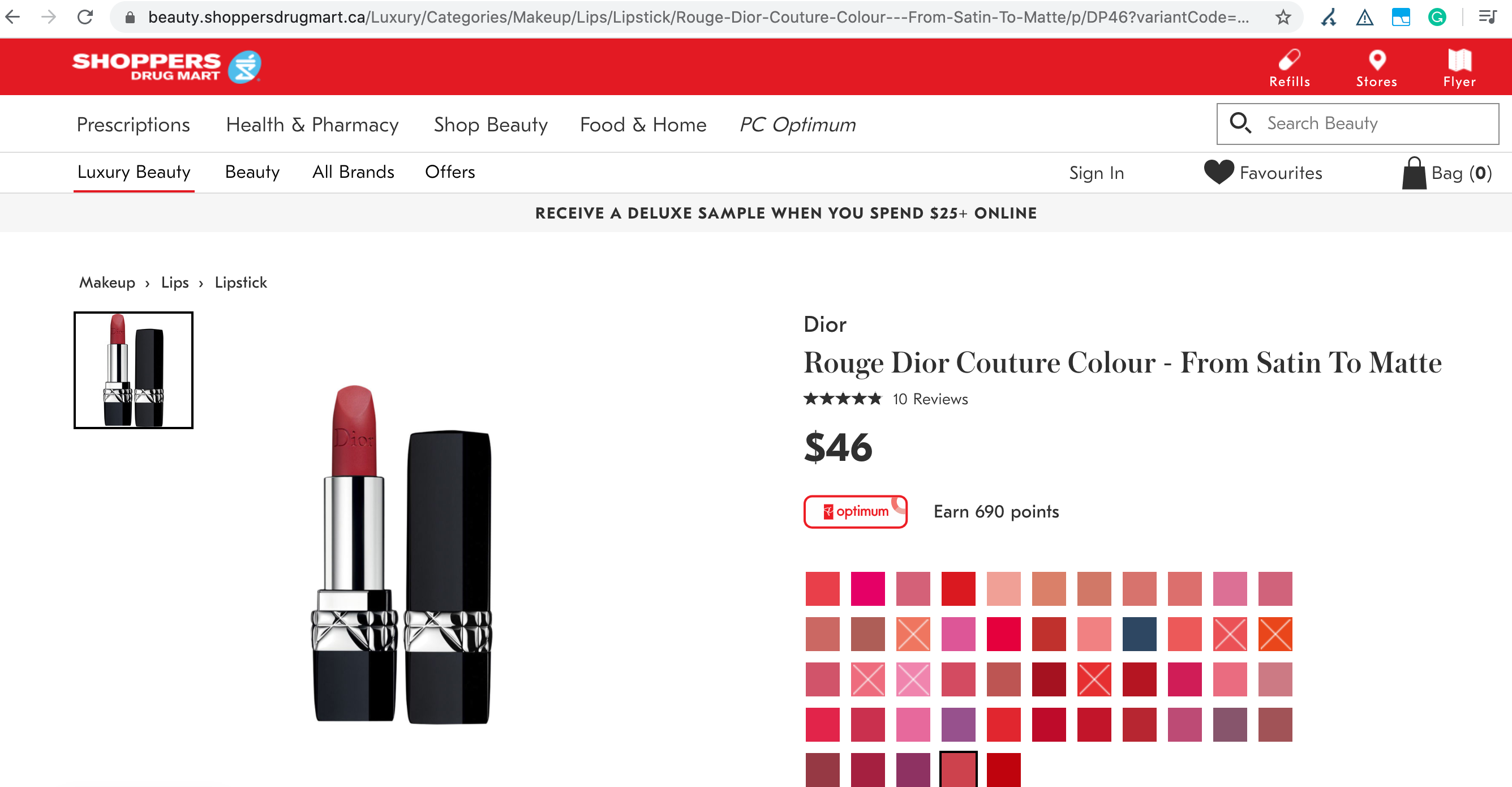Depending on your scenario and when implemented right, keeping your ecommerce site on your root domain makes the most sense. But there are a few exceptions.
Ecommerce websites don’t always start out that way.
Sometimes they started off as just plain-jane, non-transactional sites.
As consumer behavior evolves to include more and more online shopping, especially given the current pandemic conditions, businesses that began as brick-and-mortar are turning to online sales.
This post addresses the businesses and marketing teams facing this particular situation.
The journey from non-transactional to transactional can leave SEO professionals asking if they should launch their ecommerce website on their core domain or on a subdomain.
The answer may seem obvious at first but, like most SEO topics, can get complicated quickly.
Define the Context of Your Ecommerce Website
Ecommerce websites are designed to do one thing:
Sell.
So at first glance that pretty much sums up this section.
However, context is everything in website performance, migration, and diagnostics.
Some websites are born transactional and in this case, a root domain should be used.
However, in the case of an existing non-transactional website making the leap to ecommerce, there’s more to the story.
For example, if the existing non-transactional website has strong organic rankings, you may want to keep that customer magnet intact.
It will be much harder for ecommerce pages to both sell products and keep the amount of content on them that non-transactional websites tend to have.
As a result, many businesses that started selling online after being in business for some time chose to launch their ecommerce websites on subdomains.
But what is better for SEO?
What is better for your users?
What is better for your ecommerce situation?
Let’s discuss.
Subdomains Can Separate Code
When you Google “ecommerce SEO, root domain or subdomain?” or other combinations of the query you’ll get a lot of great resources about whether it’s best to use a root domain or a subdomain in general.
However, ecommerce has its own set of considerations.
For example, aside from preserving rankings, ecommerce websites have entirely different needs and use cases that developers have to bring to life.
A transactional website has to have a shopping cart built-in, additional SSL security, and a credit card processing partner, in addition to dozens of other unique set-up considerations.
Many hinge on which ecommerce engine your team chooses or if they decide to build a custom ecommerce website.
For example, check out my Search Engine Journal post, Making the Most of Magento Among Multiple URLs.
With so many different considerations it can sometimes just be easier to code and launch ecommerce on a subdomain.
New Businesses Need Brand Awareness for Buyers
Similarly, if you’re a new business, your current non-transactional website may host important information that your customer needs to discover your products or services and learn to trust and buy from you.
Your ecommerce website may not be enough to convince potential customers to buy from you over your competitors.
If your existing website is doing a great job of taking potential customers down your marketing funnel, you may opt to keep it as is and put your new ecommerce website on a subdomain.
Write SEO-friendly content with WebSite Auditor
Get specific keyword recommendations as you write – all based on in-depth SERP stats and competitor analysis.
Subdomains Support International Shopping
Using a subdomain may also be more desirable if you sell to international markets.
For example, your domain may already be chopped up into country-level domains or subdomains.
There could also be redirections in place, with tons of complex SEO considerations and components in place like unique content, translations, and hreflang tags that took months to set up.
In this case, throwing your ecommerce onto an engine where users can filter by location, currency etc., may actually be easier and better for you SEO-wise than attaching ecommerce to each international country website separately.
You see it all depends on which situation pertains to your business and your current website.
Let’s dig into the SEO side of things a bit more.
Root Versus Sub Ecomm SEO Showdown
In terms of SEO, it’s almost always better to keep all your well-structured pages and content under one umbrella and not break it up.
That is unless you’re Disney, who effectively uses a subdomain for each market.
Google almost always treats the subdomain separate from the root, even though there is a lot of debate about this.
If you have any subdomains already you may notice referral traffic coming from it to your root.
Stick to the Root
By grouping your core site and your store together on a root domain, you reap the mutual benefit of your existing site authority and the fresh content that ecommerce products can bring.
If your core site is already getting traffic from organic, the new store will have a much better chance of performing from the get-go by being part of the root domain with existing authority.
Similarly, as the store grows, it makes your non-transactional pages much more interesting to search engines because the fresh content will lead to more frequent indexing.
Of course, this assumes that the ecommerce website was set up properly and optimized for search engines with proper page hierarchy, little or no duplicate product issues, and the list goes on.
According to a PinkCakeBox case study, when they moved their blog from a subdomain to a subfolder they had a 40% increase in organic traffic.
While inversely, when IWantMyName moved their blog from a subfolder to a subdomain, they saw a 47% decrease in organic traffic.
However, a blog is different than an ecommerce website.
For example, you have to consider if the benefits of a root domain outweigh the risks of having thousands of products slow down your overall site speed, which will impact your current SEO performance.
Similarly, if SEO problems arise that are common to ecommerce websites like duplicate content, the overall performance of the website could be impacted.
If your head is starting to spin with pros and cons, you’re not the only one.
When this question was asked on Webmasters Stack Exchange, the community replied:
“As most search engines see subdomains as a new site it could be hard to sync your main domain and e-commerce subdomain. Keeping your e-commerce modules in the main website provides you [the ability] to maintain your site and improve its SEO easily. You can easily see most professional e-commerce companies keep their e-commerce modules integrated.”
This community contributor makes a good point about keeping your website pages under one roof, and many leading ecommerce stores have their store on their root domain.
Nike sells products on its root domain with visible regionalization.
1-800-Flowers, a business that was born with phone calls, also keeps their ecommerce on their root domain:
Staples, that started off as an office supplies retailer, now keeps their online store on their root domain:
Other obvious examples come from websites like Walmart.
And while Amazon may seem like an obvious example of an ecommerce site on a root domain (even though they started off transactional), they have been known to make use of subdomains to play with navigation paths and suggested products with user cookies.
Therefore, if you plan to do a lot of user testing in your ecommerce, preferences, and other fancy website jazz, having a subdomain may allow you to do that easily without impacting the UI of users on your non-transactional site.
The leading pharmacy in Canada, Shoppers Drug Mart, is a great example of a large retailer that chose to sell beauty products on a subdomain.
In the case of niche transactional sites, like restaurants, it may simply be cheaper to link out to an ordering/transactional engine designed for websites like this Canadian Thai takeout giant Thai Express.
This is their normal website:
Despite the fact that the headline on their informational site is about online ordering, Thai Express’s transactional website that’s not even on a domain or a subdomain they own, but rather on the subdomain of bon-app.ca.
So which setup makes the most sense for you?
The Verdict?
So you have a lot to consider.
Write out the components of your unique situation and see how they apply to the advice below.
When to Use a Root Domain in Ecommerce?
Use the root domain and put ecommerce content on subfolders as often as you can.
This is the best-case scenario and comes with many different benefits.
Most are mentioned above, but one that hasn’t come up yet is tracking and analytics.
Having all your content on one domain helps marketers paint a clearer picture in analytics.
Depending on your scenario and pending proper implementation, keeping your ecommerce on your root domain makes the most sense.
However, there are a few exceptions.
When to Use a Subdomain in Ecommerce?
Use a subdomain to host the products or services you want to sell online if:
- You have a well-established website today with organic rankings that you need to preserve, with an inexperienced development team, use a subdomain for your ecommerce website. That way if any major issues arise on it, it won’t bomb your existing website pages.
- You have an existing set of websites serving many regions, with many different languages and hreflang tags, use a subdomain for your ecommerce website. It will actually be easier to serve all your different regions on one ecommerce engine on a subdomain, than it will to attach ecommerce engines individually to each region’s website.
- You want to do a lot of fancy testing of user preferences and custom pathways, like Amazon used to do with their buybox.amazon.com site.
- You’re a small business that can access online commerce through a third-party ecommerce platform. Considering the cost and set-up of ecommerce third-party platforms can be a more affordable solution. The caveat is that these third-party commerce properties typically don’t do well SEO-wise. Businesses like restaurants, in this case, will focus on getting their informational site to rank, and will link out to their third-party commerce provider from there, like the Thai Express example above.
Domain Setup Tips
If you’ve decided to include your new ecommerce website on your root domain, that’s because it’s the right decision for your situation.
Make sure to include transactional pages as close to the root domain as possible so your products have a better chance of ranking.
Remember to give users a clear navigation path to the pages of your website that sell products.
If you’ve decided to include your new ecommerce website on a new subdomain, that’s also because it’s the right decision for your situation.
If you decided to do this because your current informational site ranks really well, make sure to include clear pathways and CTAs from there to your online store.
For more information on your specific domain setup needs, contact your ecommerce platform and/or hosting provider.
Source: (https://www.searchenginejournal.com/)




























